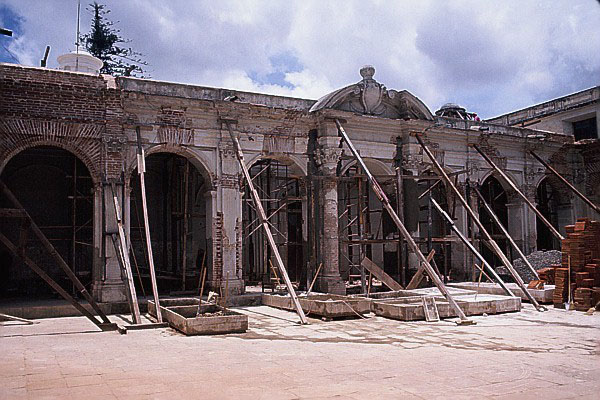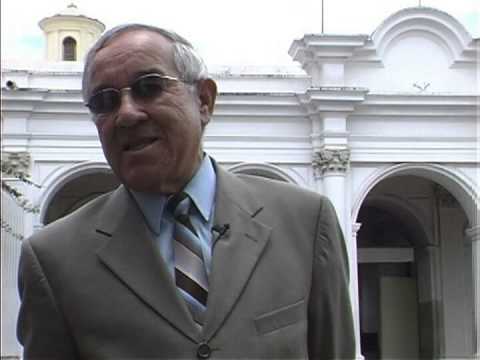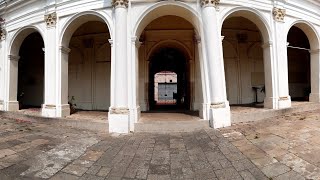History of the Building
The construction began in 1779, after the earthquakes in Santa Marta (1773), forced the transfer of the capital to the Valle de la Ermita. This monumental property has been a silent witness to events of a socio-political nature of transcendence for the country. Among them we can mention:
The proclamation of absolute Independence of Central America in 1823. The document that abolished slavery was drafted and the Federal Constitution was elaborated. In 1884, the National Library was installed in the Main Hall, which functioned until 1957, and was declared a National Monument in 1970. The Law School functioned in this building until 1973, then it was moved to the University campus.
It was hit by the 1917-18 and 1976 earthquakes. The University undertook its rescue in 1985, submitting it to a delicate restoration process that returned it to its interior and exterior beauty that it had in the 19th century. The Museum began operating on June 22, 1994.
Visitors can take an imaginary journey as they walk through the cloister and go back to the time when the building housed students who forged part of the history of our country.
Architecturally, the building presents a sober neoclassical style with Renaissance influence, with a large number of windows on its facades with lintels that alternate tympanums and segmental arches. The architectural solution of the plant is the typical distribution of rooms around a central cloister, which is connected with the halls by means of a corridor that surrounds it and that is finished on the outside by classic semicircular arches. The seven-arched arcade is symmetrical on all four sides. In the center of the square there is an octagonal fountain that dominates the view.




